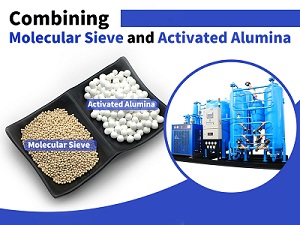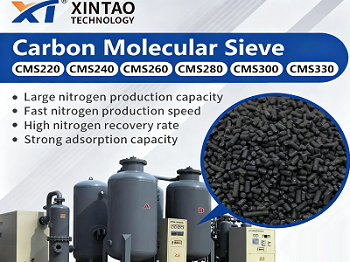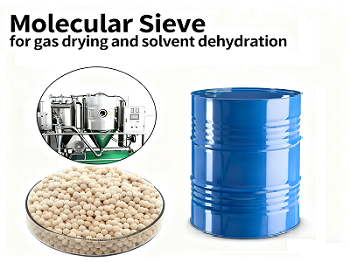Table of Contents
ToggleApplication of Activated Alumina Catalyst Carrier
As one of the important catalyst supports, activated alumina catalyst carrier has many excellent characteristics and a wide range of application effects. In a variety of catalytic reactions, activated alumina beads can exert its excellent porous adsorption and play a significant catalytic carrier effect.
Characteristics of Activated Alumina Catalyst Carrier

Activated alumina balls are catalyst carriers with an extremely high specific surface area, loose internal pores, and excellent chemical stability. Their unique chemical composition and crystal structure give them excellent physical properties and chemical activity. In catalytic reactions, we load catalysts onto activated alumina to promote the progress of the reaction. Additionally, activated alumina has high thermal stability, pressure resistance, and mechanical strength, which enables stable catalytic reactions in extreme environments such as high temperatures and high pressures.
The Application Effect of Activated Alumina Catalyst Carrier
Catalytic Hydrogenation Reaction
Catalytic hydrogenation is a key chemical preparation technology, widely used in petrochemical, chemical, metallurgical, and other fields. Activated alumina deliver excellent hydrogenation catalytic effects—their extremely high specific surface area boosts catalyst activity, speeds up the adsorption and activation of reactants, and increases reaction rates. Furthermore, these carriers have excellent stability and high selectivity, so they work in different types of hydrogenation reactions.
Catalytic Cracking Reaction
Catalytic cracking is a common petrochemical preparation technology, mainly used in oil refining, chemical, and other fields. Using activated alumina catalyst carriers ball significantly improves catalytic cracking reactions, enhancing both reaction yield and selectivity. This is because activated alumina has high acidity, alkalinity, and strong adsorption capacity—it can effectively adsorb and activate reactants, making raw material molecules easier to crack and increasing reaction rates.
Catalytic Redox Reaction
Catalytic redox reactions play an important role in environmental protection, energy production, and other fields. Activated alumina catalyst carriers exert excellent catalytic effects in redox reactions, so they are applied in wastewater treatment, air purification, and other redox-related fields. At the same time, these carriers also have high stability and reproducibility, leading to remarkable long-term operation effects in catalytic reactions.
Applications of Activated Alumina Catalyst Carrier
Activated alumina catalyst carriers have gained widespread use across industrial sectors such as petrochemicals, chemicals, metallurgy, and environmental protection. For instance, in catalytic hydrogenation, they are widely applied in liquid fuel production, oil refining, and processing. In catalytic cracking, they are a staple in oil refining and chemical manufacturing. Furthermore, in redox reactions, they play a key role in wastewater treatment, air purification, and pollution control. Beyond these, they also see extensive use in electronics, ceramics, glass, and other industries.
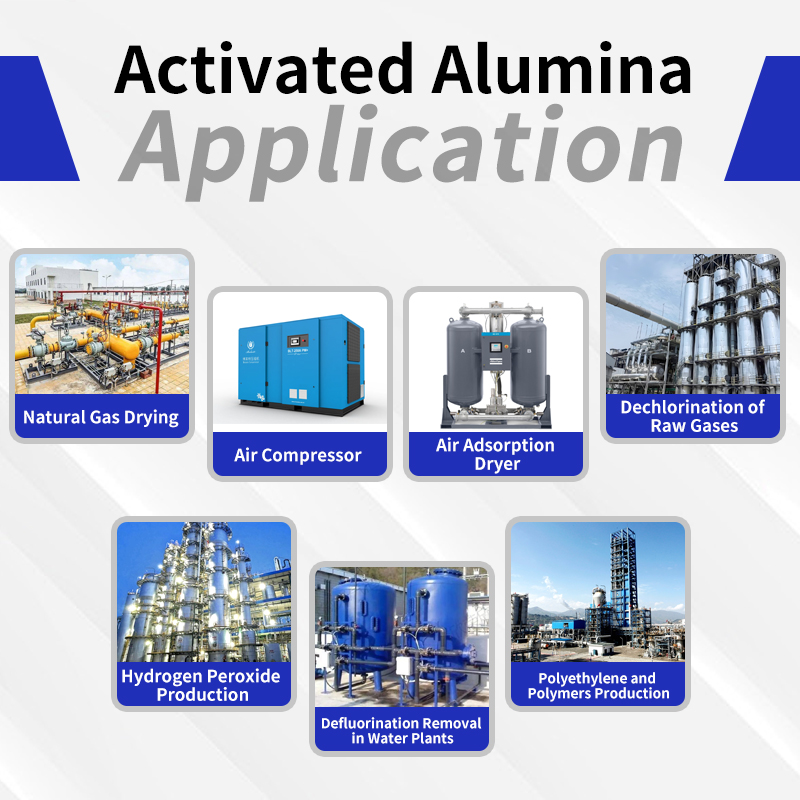
Activated alumina, as an excellent catalyst carrier, has a wide range of application effects and great application potential. In catalytic reactions in various fields, activated alumina catalyst supports can exert excellent catalytic effects, improve reaction yield and selectivity, and have high stability and reproducibility. It can be predicted that with the continuous development of science and technology, the activated alumina catalyst carrier will be widely used and promoted in more fields.
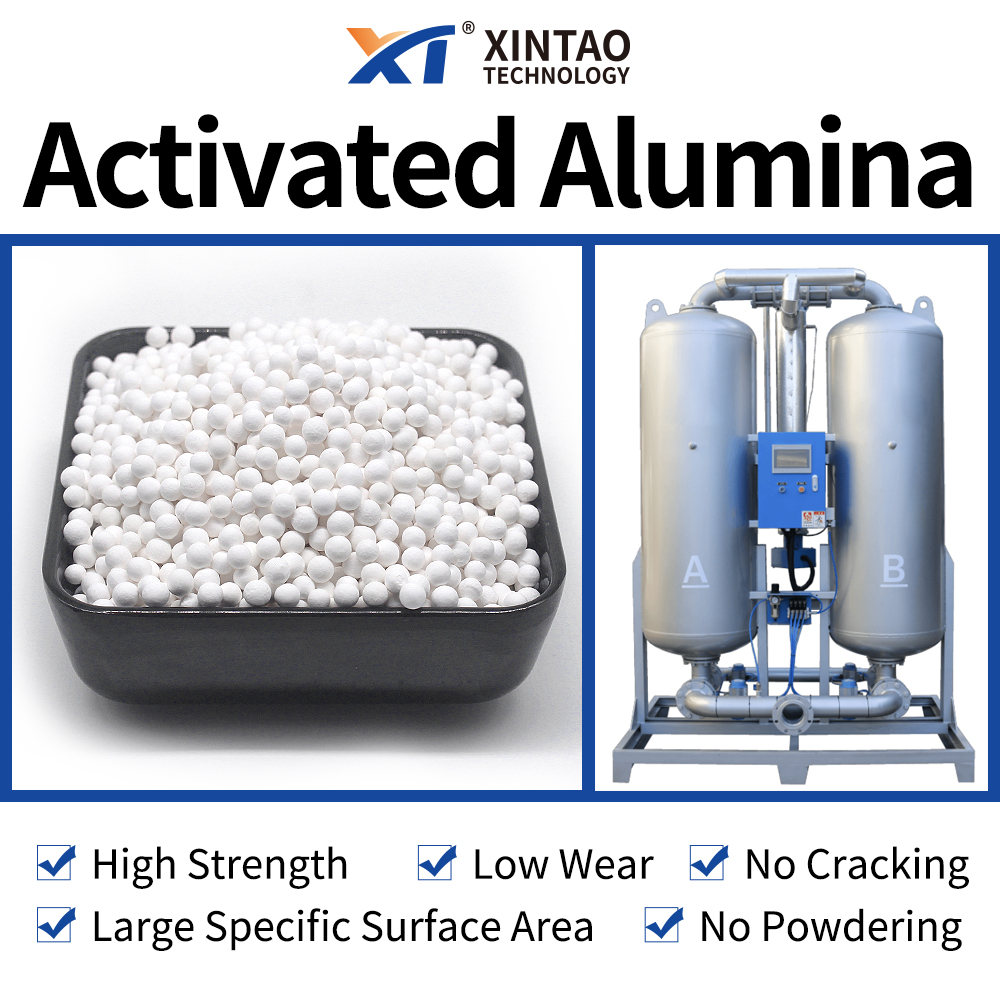
Contact Xintao
If you have any question, please contact us!

